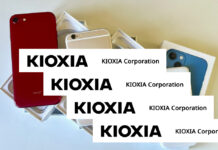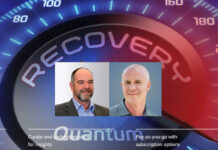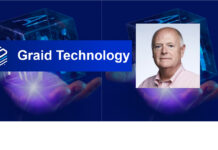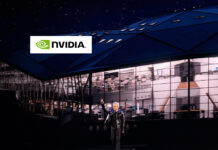Analyst house GigaOm has updated its Radar screen survey of the object storage vendors with many suppliers grouped as they chase use cases where object storage is preferred over file and block access. It has also produced a separate high-performance object Radar report.
Report author Enrico Signoretti wrote: “Many backup products are now able to use object storage as the primary repository and make the most of its object immutability characteristics for enhanced security. The same goes for data analytics products, which can now use object stores to access active data.”
He added that COVID-19 has led to more object storage being used because of remote working and its accessibility characteristics.
The v2.0 GigaOm Radar for Enterprise Object vendor assessment report has a diagram summarising its findings:
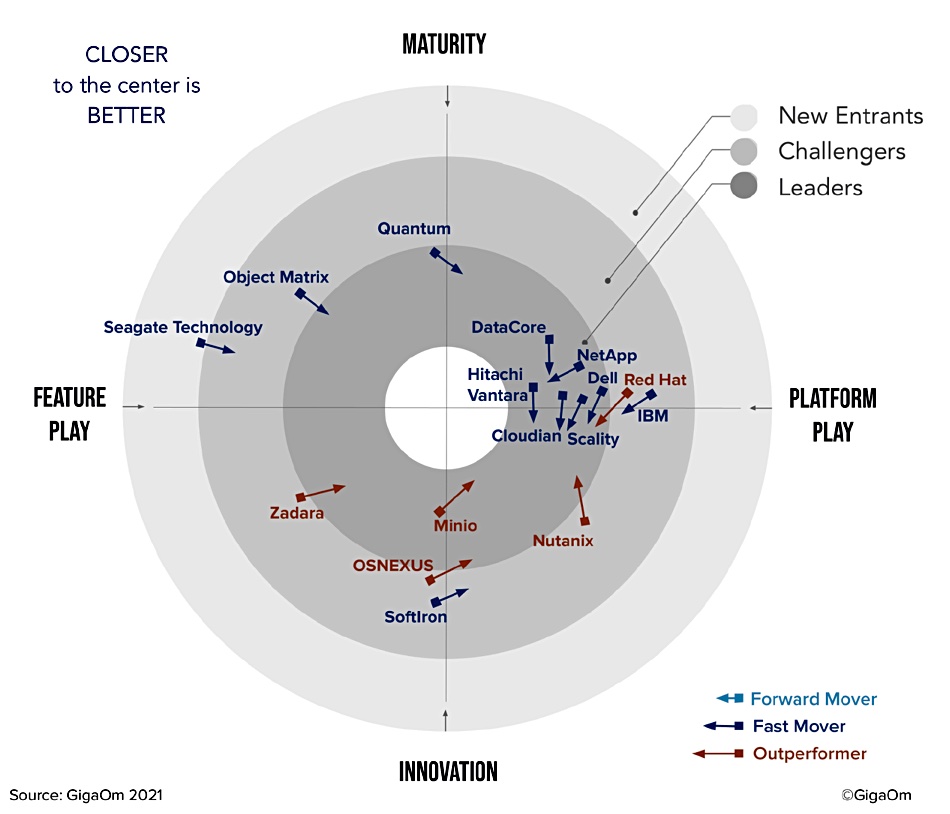
Here is last year’s Radar diagram for comparison:
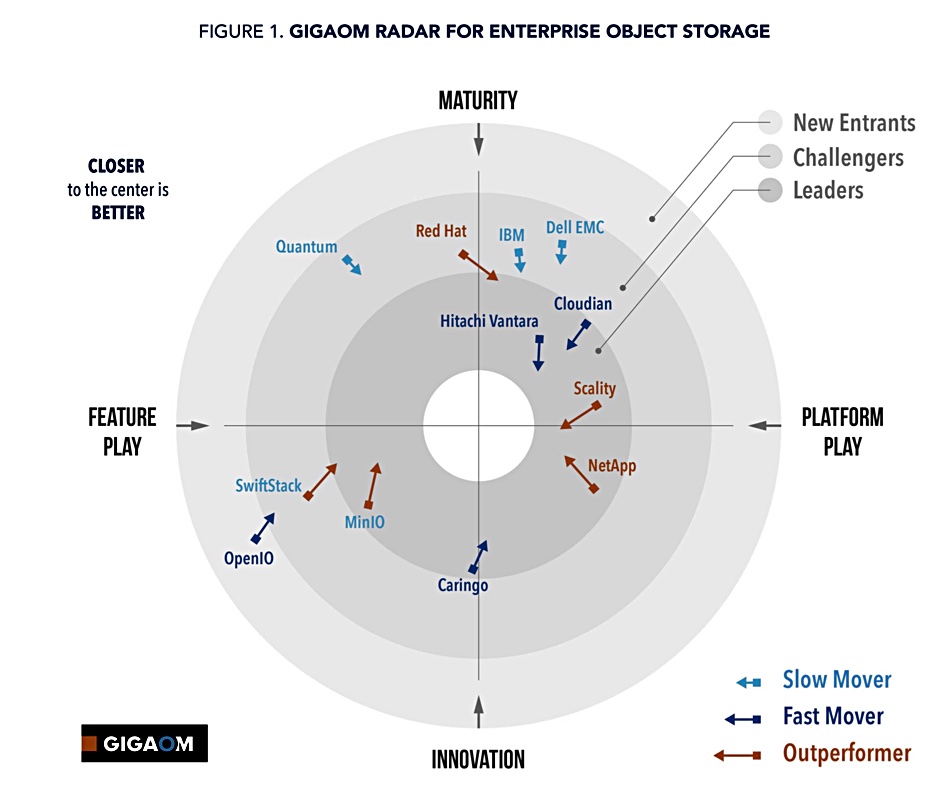
There are eight suppliers in the Leaders category in the v2.0 report: Cloudian, DataCore, Dell, Hitachi Vantara, Minio, NetApp, Quantum, and Scality. Last year there were six: Caringo, Cloudian, Hitachi Vantara, NetApp, Minio and Scality. Caringo has since been bought by DataCore. Dell and Quantum have been promoted to Leader status.
Signoretti identifies Minio, Nutanix, OSNEXUS, Red Hat and Zadara as outperforming other suppliers. They are all developing their products to support new use cases with, for example, optimisations for small files, advanced analytics, better ease of use, and a lower entry point.
High-performance Object Storage
GigOm has introduced a Radar for High-Performance Object Storage, and claims these products are being developed because combining object storage’s scalabilitry and accessibility with flash storage media makes it a good fit for new interactive and high-performance applications.
Signoretti has said that these newer object stores include “strong consistency, small file optimisation, file-object parity, and features aimed at simplified data ingestion and access with the lowest possible latency. Their design is based on the latest technology: flash memory, persistent memory, and high-speed networks are usually combined with the latest innovations in software optimisation.”
Because of this they don’t generally overlap with traditional object stores. MinIO is the only supplier present in the leadership category in both reports.
Here is Signoretti’s summary:
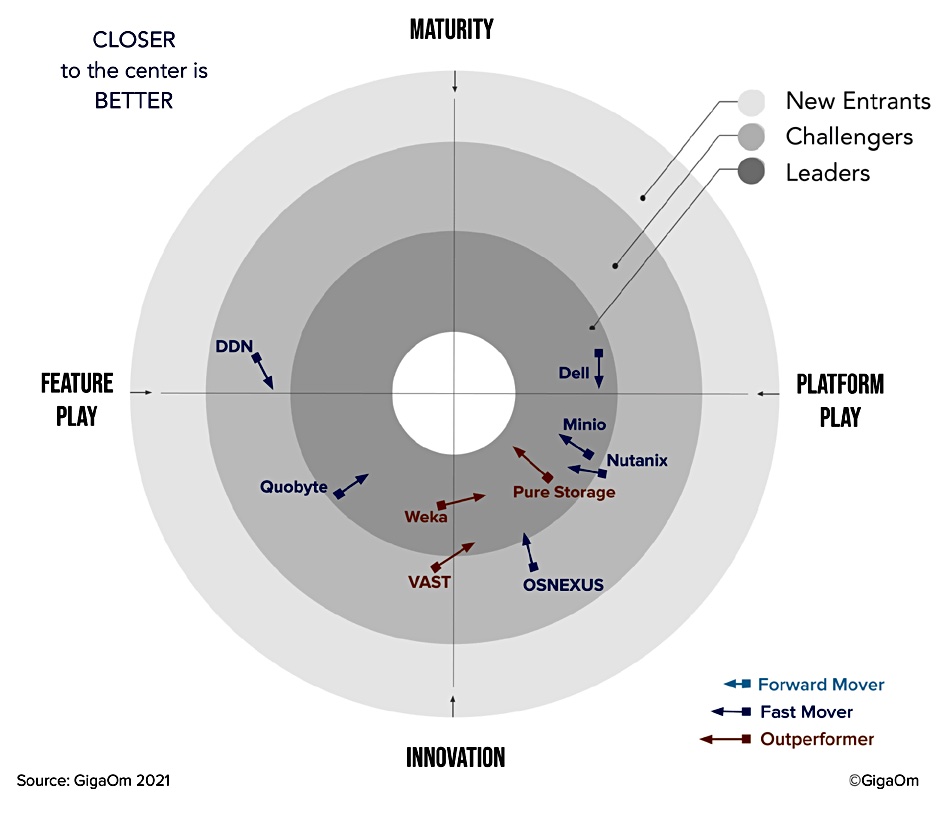
We can see most of the suppliers are in an innovation stage with only two relatively mature product players, DDN and Dell, both heading towards the innovation half of the diagram.
Pure Storage and WekaIO are the leaders followed by Quobyte which has a focus on HPC, AI and Big Data. VAST Data is a new player on GigaOm’s object radar and is only present in this high-performance space – but then it does produce an all-flash array.
Scality has just launched its Artesca object storage software based on all-flash array hardware. That product is too recent to have been included in the report.



